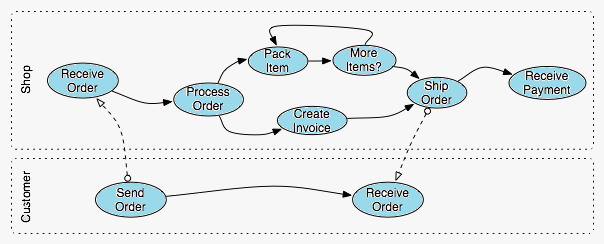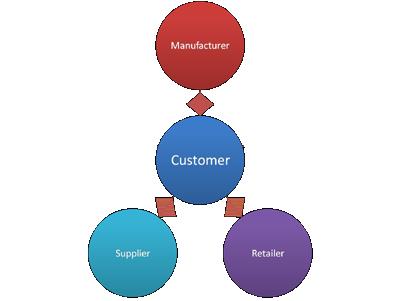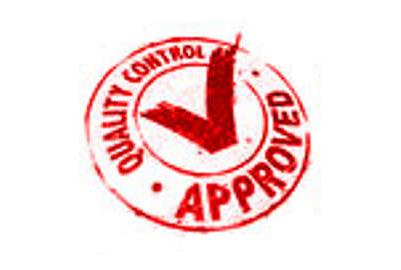Order-to-cash process consists of financial transactions with the customers in a supply chain. Order-to-cash process starts with the customer placing the order and ends with receiving the payment from the customer. The steps involved in the order-to-cash process are explained below. The order is placed by the customer directly through phone, fax, or the internet. Then, the inventory is checked for the availability of the product in the quantity required by the customer. The firm then checks the customer credit status to decide whether or not to extend credit to the customer. For this, the customer’s credit limit and the status of receivables from the customer are checked. If the customer has placed the order within the credit limits and Continue reading
Operations Management
Purchase-to-Pay Process (PTP)
Purchase-to-pay process consists of financial transactions with the suppliers in a supply chain. Purchase-to-pay process starts with the buyer making the requisition and ends with the payment to the supplier. The buyer makes a purchase requisition and it is passed on to the purchasing department for approval. After getting the approval of the purchasing manager, a purchase order is sent to the supplier. On receiving the purchase order the supplier dispatches the shipment along with the invoice. On receiving the goods, the firm checks the shipment and the invoice to confirm whether the shipment matches the purchase order and the product quality/quantity is as desired. Upon confirmation, the accounts department pays the supplier. Some of the measures to improve efficiency Continue reading
Components of Supply Chain
A supply chain is a network of manufacturers, suppliers, distributors, transporters, storage facilities and retailers that perform functions like procurement and acquisition of material, processing and transformation of the material into intermediate and finished tangible goods, and finally, the physical distribution of the finished goods to intermediate or final customers. Major Components of Supply Chain A supply chain may consist of variety of components depending on the business model selected by a firm. A typical supply chain consists of the following components: Customers: The customer forms the focus of any supply chain. A customer activates the processes in a supply chain by placing an order with the retailer. The customer order is filled by the retailer, either form the existing Continue reading
Supply Chain Management Processes
Although there are many views of supply chain management (SCM), at present, many practitioners look upon SCM as the management of key business processes across the network of organizations that form the supply chain. A supply chain is a network of manufacturers, suppliers, distributors, transporters, storage facilities and retailers that perform functions like procurement and acquisition of material, processing and transformation of the material into intermediate and finished tangible goods, and finally, the physical distribution of the finished goods to intermediate or final customers. According to the definition given by the Global Supply Chain Forum, supply chain management is the integration of key business processes from end-user,to original suppliers that provides products, services, and information that add value for customers Continue reading
Quality Control Tools
Quality Control (QC) is a system of routine technical activities, to measure and control the quality of the inventory as it is being developed. The Quality Control system is designed to: Provide routine and consistent checks to ensure data integrity, correctness, and completeness; Identify and address errors and omissions; Document and archive inventory material and record all QC activities. Seven Quality Control Tools The following seven quality control tools are considered basic tools for achieving quality. Flow Chart: It is a visual representation of process showing the various steps. It helps in locating the points at which a problem exists or an improvement is possible. Detailed data can be collected, analyzed and methods for correction can be developed. A sample Continue reading
Supply Chain Performance Measurement
The main objective of performance measurement is to provide valuable information which allows firms to improve the fulfillment of customers’ requirements and to meet firm’s strategic goals. It is therefore important to measure how effectively the customers’ requirements are met and how resources are efficiently used to reach a certain level of customer satisfaction. Supply chain performance measurement is used to evaluate the effectiveness and efficiency of organizational structures, processes and resources not only for one firm but also for the entire supply chain. It provides some basis for understanding the whole system, influence the behavior and supply information about the performance of the supply chain participants and stakeholders. Developing and using performance measures is an essential function of management. Continue reading



